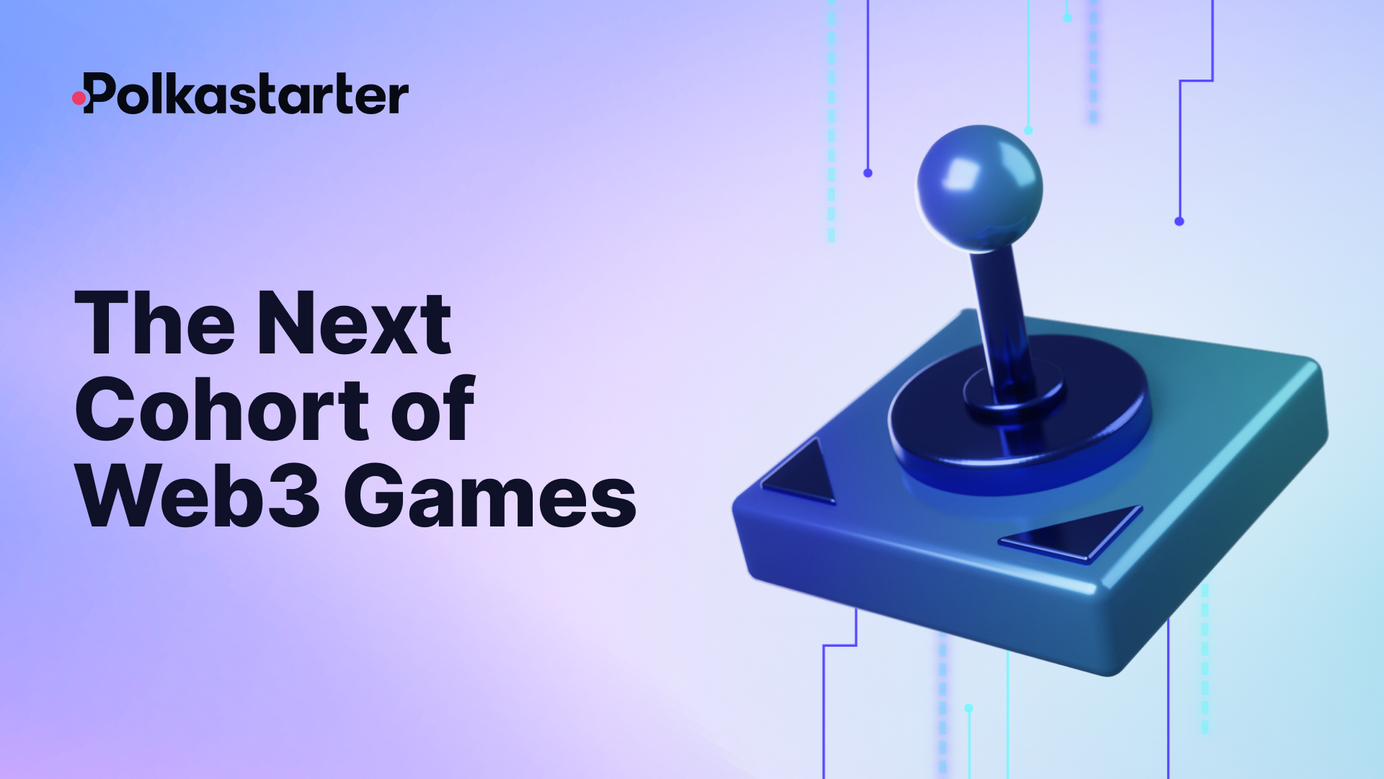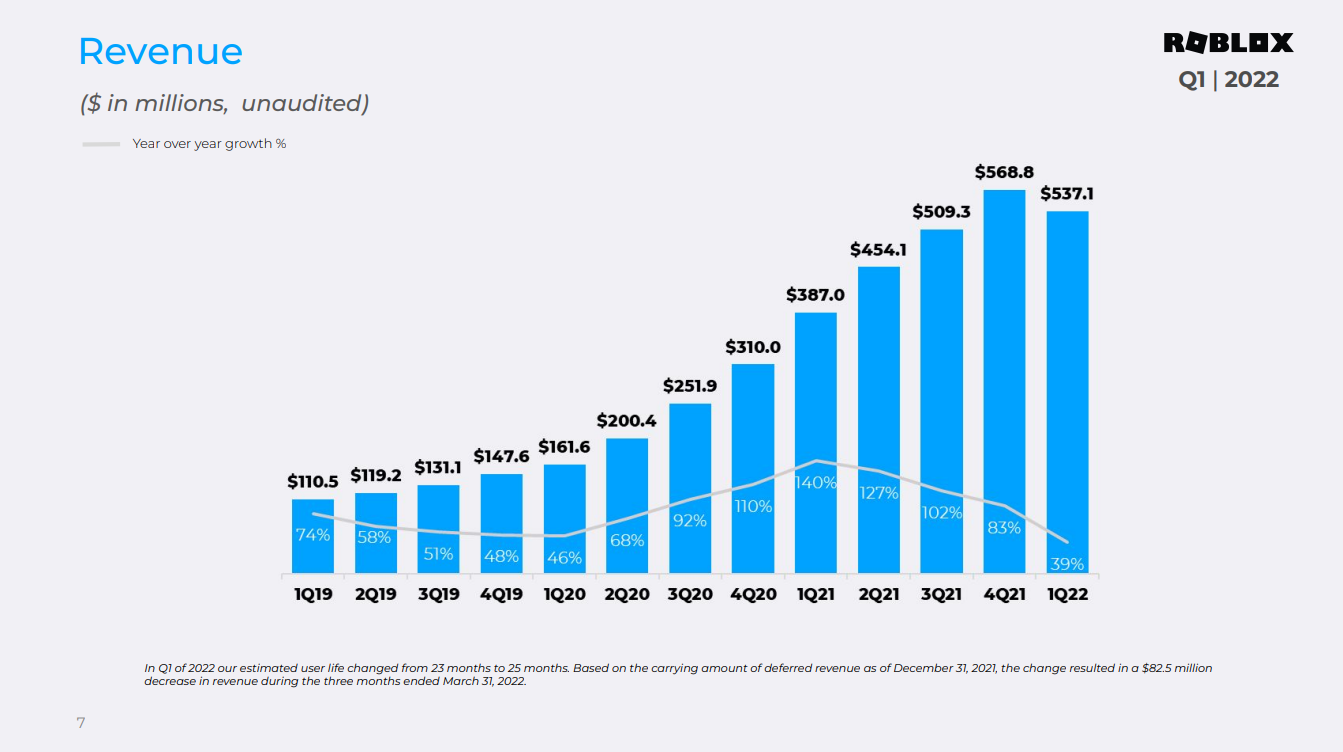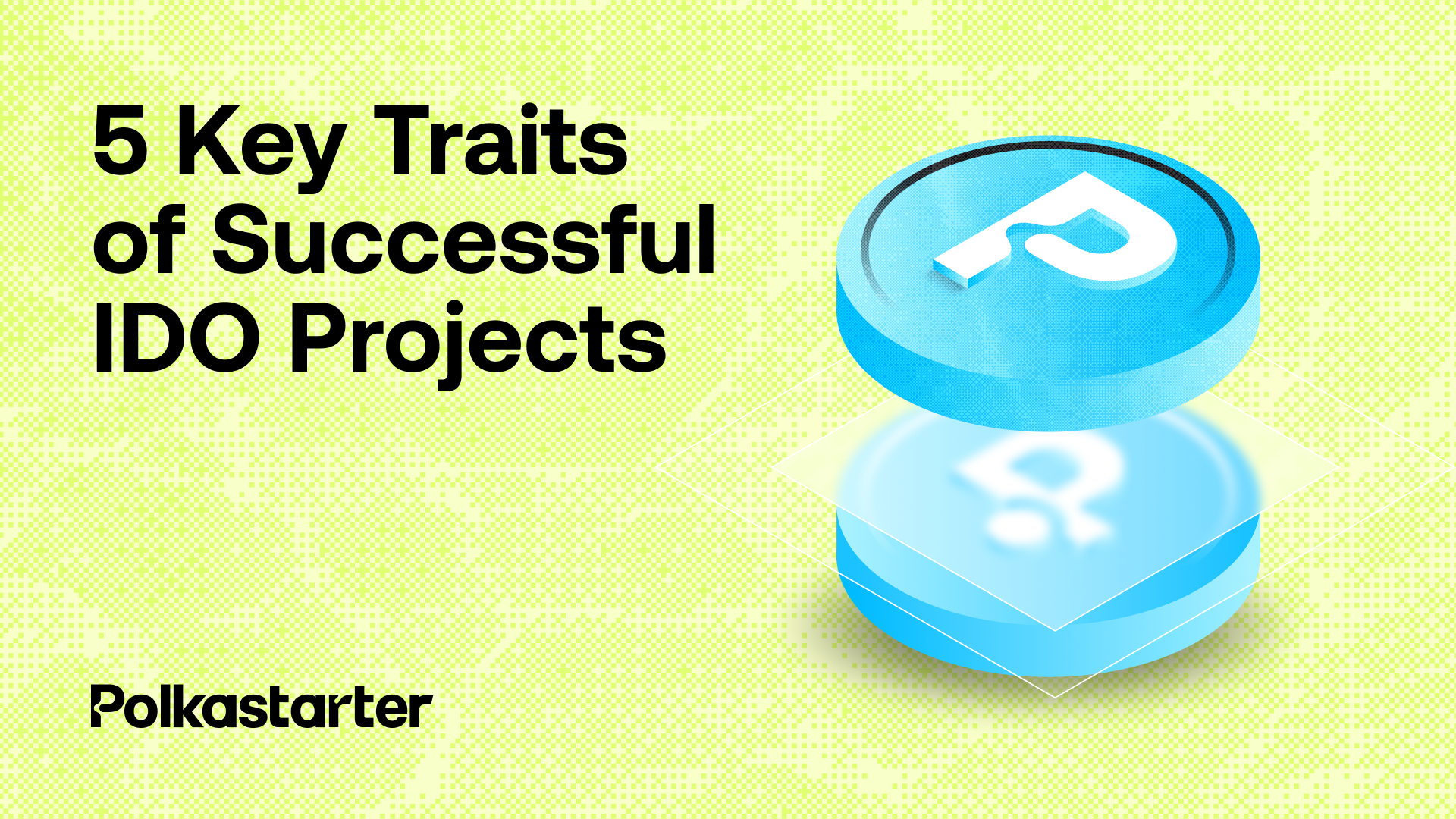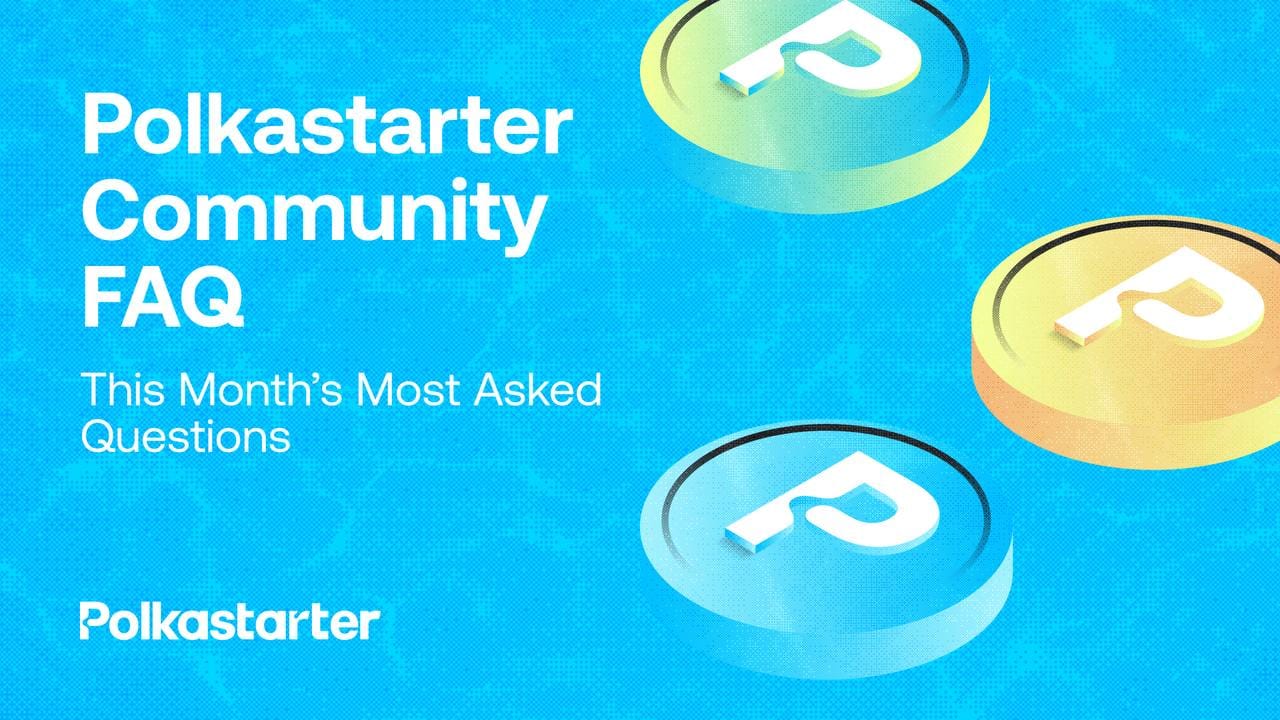
The Next Cohort of Web3 Games
Could gaming become the core blockchain use case?

If there is a key takeaway from the inaugural GAM3 Awards it's that Web3 gaming is having a moment. Gaming has been evolving rampantly over the past 50 years, and its latest iteration sees a breed of games that elevates the player experience to a different level. Web3 games unlock a different level and a different layer of playing.
In this article, we’ll explore the gaming evolution, the unique elements of Web3 and the do’s and don’t to achieving mass adoption.
A quick timeline of gaming evolution
The first “video game” goes back to 1940, but you must fast-forward to the 70s to find sustainable gaming experiences and patterns. The predominant gaming model of that era was pay-to-play. The model consisted of coin-operated machines that required players to insert coins in exchange for time or lives in the game. This business model saw great success, with notable games being Namco’s Pacman and Taito’s Space Invaders.
Fast-forwarding to the 90s, gaming moved on to the freemium model. Games would be free to download on mobile, but they usually offer in-app purchases. Some games provide only cosmetic purchases, such as a new outfit or “skin” for a character, while others promote a “pay-to-win” structure, where the purchasable items give players an advantage in gameplay.
What’s interesting to note is that nowadays, the gaming market is worth over $300B, according to both Accenture and BitKraft, with an expectation of a 12% annual growth rate from 2022 to 2028. All of this growth is projected without even considering Web3. We may have wanted Web3 gaming to explode onto the scene, but the reality is that transitioning from Web2 to Web3 comes with challenges.
Transition from Web2 to Web3 games
The transition from Web2 to Web3 gaming is not only about porting to the blockchain. Web3 games need high-quality content and innovation that fully harnesses blockchain technology beyond NFT and tokenomics. Due to the additions of tokenomics and NFTs, the inter-party relationship in Web3 games is much more complicated.
Nansen’s chart below illustrates the stakeholder mapping in Web3 games.
That’s not where things stop, though. Web3 games using the blockchain inherit the problems of the ecosystem, namely the Blockchain Trilemma, which limits their development.
- Transaction fees: Given throughput constraints, many blockchains see spiking transaction fees (called “gas fees”) when throughput is high. High gas fees disincentivize the buying and selling of gaming NFTs as profits are essentially wiped out. A good example is the Otherside metaverse after the initial launch of 55,000 NFTs caused investors to pay over $100 million in Ethereum transaction fees.
- GameFi trilemma: As mentioned earlier, the difference in game dynamics and the involvement of NFT and tokenomics means that game designers must consider both players and investors. On the one hand, designers need to raise their level to the graphics and gameplay quality of popular AAA games, while on the other hand, make it work for everyone. In Web2 gaming, power allocation was transparent: Developers created the games, and players played the game. With Web3, players have direct access and say to the game’s economy, being able to do things such as take items out of a game and sell them on exchanges. Read more on the GameFi trilemma.
- User experience: Users of the Web3 ecosystem want to enjoy smoother experiences like Web2's. For instance, opening a wallet to play games is still very often a must that takes a lot of manual steps.
The future looks bright
Challenges aside, the future of Web3 gaming looks bright, and there’s a lot to be excited about.
First and foremost, there’s massive movement from Web2 game studios developing AAA titles in Web3.
- Final Fantasy maker, Square Enix, is set to launch an NFT game on Polygon
- Assassin’s Creed publisher, Ubisoft, is adding Rabbids NFT avatars to its growing pile of crypto industry moves.
- Playstation creator, Sony, recently filed a patent for time-restricted ownership of NFTs.
Moreover, there has been notable innovation in on-chain game design.
On-chain gaming
It seems like the space is beginning to re-examine the definition of on-chain gaming.
What type of games should be on-chain?
While this enables the creation of new game types, this approach is currently well-suited only for a specific subset of turn-based games. Each move must be submitted to the blockchain as a transaction that must go through consensus and reach finality before making the next move.
Specifically, this is well suited for games with relatively few state updates per session, either as a function of fewer players or fewer moves per player per session. Examples of games that have successfully adopted this approach include Dark Forest and 0xMonaco. Genres such as 18xx, well documented in AllianceDAO blogs, are also well suited to this approach.
What games should be off-chain?
The continuous requirement of “crank” (and accompanying gas fees) for these game mechanics limits the practical game design space. Given the current state of blockchain architecture, these game types may be better suited to a hybrid, on-chain/off-chain approach.
Overall, decentralized network deployment's special constraints and characteristics give rise to an intriguing set of game design primitives that can be used to create novel experiences within preexisting game loops as well as new game genres.
Here are the most significant pull factors for Web3 gaming according to a recent blog by DeFiance:
- The open and trustless blockchain economy makes a thriving secondary market for game assets possible. Unless game developers intervene, the prices of goods are determined by market forces.
- NFTs and games that use tokens allow users to gain financial exposure before and after a game's launch, helping with player, investor and developer alignment. Game developers can find and include some of these game supporters and enthusiasts in the early stages of the game-building process.
Next cohort of Web3 games' characteristics
We are excited about several advancements within the Web3 ecosystem that could set up games for success. Here are some examples:
Free-to-Own and Play-to-Own
Play-to-Own games reward players with partial ownership of the game through tokens or in-game assets. However, to create a sustainable game economy, game developers need to turn profit-driven players into loyal customers by providing entertaining content and experiences that they would be willing to pay for. Building multi-layered worlds that keep players engaged is the most effective way to achieve this.
Games should not shy away from promoting themselves as money-making mechanisms since this reflects improved ownership and aligns owners and players in the game. On the other hand, "Free-to-Own" (F2O) refers to a business model where game developers distribute the first batch of NFTs for free. This incentivizes people to join, and although the game may not generate revenue initially, it can make money in the long run when fans sell their NFTs on secondary markets and pay royalties or "creator fees."
Free NFT drops can also prevent rug-pulls, where a project pre-sells NFTs and fails to deliver a high-quality game, resulting in a community's loss of time and money. By giving early adopters of the game free ownership of NFTs, game developers can create a community of devoted supporters who promote the game without the expectation of a return on investment.
User-generated content
When it comes to developing games, there are certain areas in that developers are being tested for the first time.
Project teams need to adjust and correct swiftly and the provision of SDK can empower players to jointly develop the game (user-generated content) and eliminate any developer blind spots, building moats for the ecosystem.
The user-generated content (UGC) trend has propelled games like Roblox to generate multi-billion dollar annual revenues.

Another exciting aspect of UGC for mass adoption is the enforcement of royalties via smart contracts to spur player creativity. Creating incentives can lubricate the imagination of players and urge them to create on a more consistent basis.
Diverse Revenue Models
The upcoming cohort of Web3 games looks into various revenue models. Here are 5 ideas we have identified. To capture different players’ personas:
Web3 Games Revenue Models
Among the next cohort of Web3 games, projects will improvise new revenue streams to further accrue stakeholders to ensure scalability in both up-and-down cycles and long-term sustainability.
If anything mentioned in the article resonates with you, or if you are building something in the Web3 space, drop Polkastarter Gaming a line!
About Polkastarter
Polkastarter is the leading decentralized fundraising platform enabling crypto’s most innovative projects to kick-start their journey and grow their communities. Polkastarter allows its users to make research-based decisions to participate in high-potential IDOs, NFT sales, and Gaming projects.
Polkastarter aims to be a multi-chain platform. Currently, users can participate in IDOs and NFT sales on Ethereum, BNB Chain, Polygon, Celo, and Avalanche, with many more to come.
Website | Twitter | Discord | Telegram | Instagram | Newsletter | YouTube
Polkastarter Blog - Latest Polkastarter News & Updates Newsletter
Join the newsletter to receive the latest updates in your inbox.





